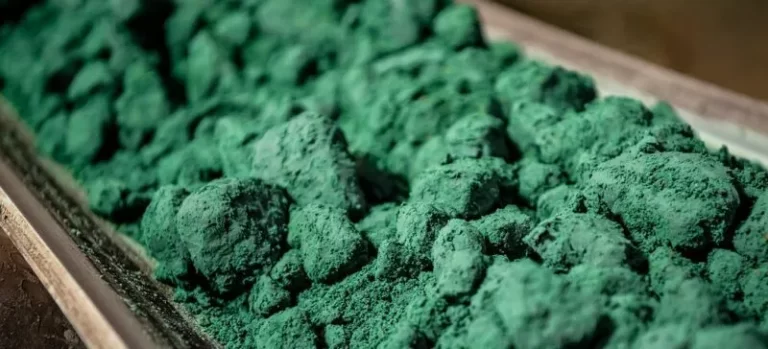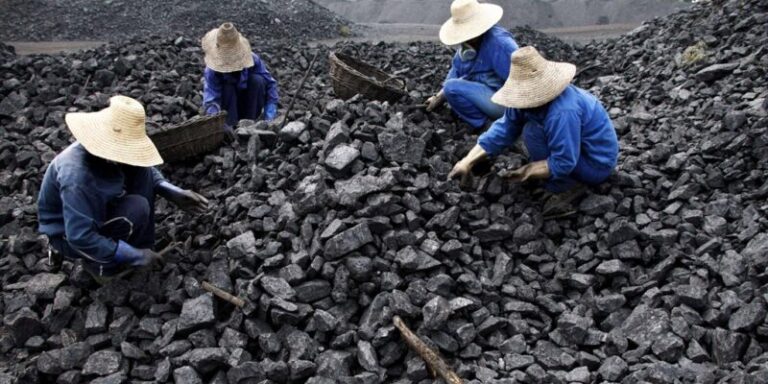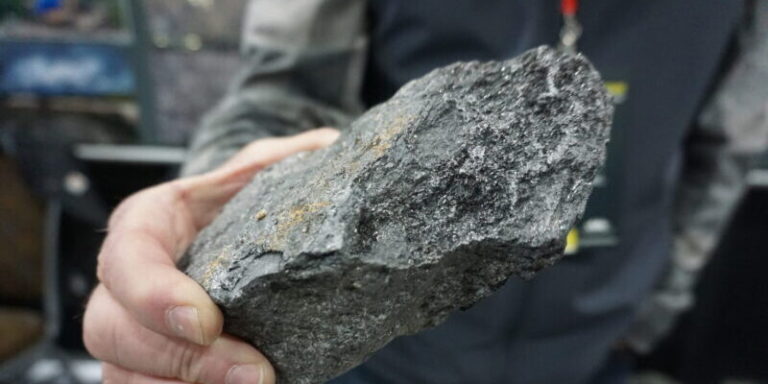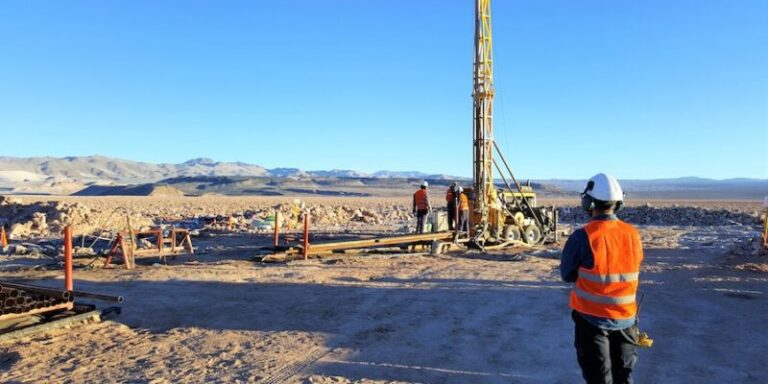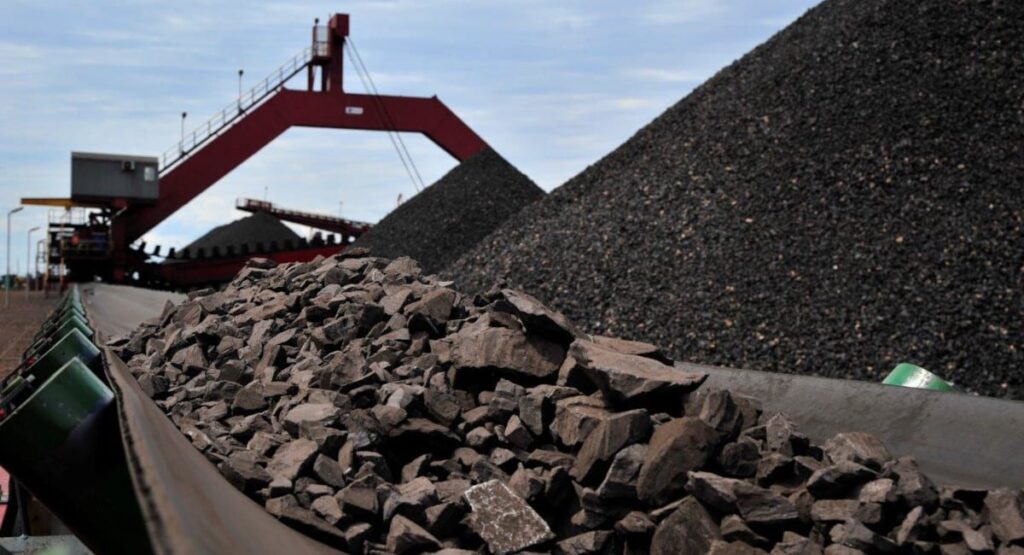
ASX-listed Jupiter Mines has reported a strong operational and financial performance for the third quarter ended March 31, 2025, at the Tshipi manganese mine in South Africa, with notable increases in production and sales volumes.
Jupiter holds a 49.9% beneficial interest in Tshipi é Ntle Manganese Mining, the operator of the Tshipi mine.
During the quarter:
Sales volumes reached 777,229 tonnes — up 14% quarter-on-quarter, though down 2% year-on-year.
Production volumes rose to 858,152 tonnes — a 15% increase quarter-on-quarter and 14% higher year-on-year.
The operation reported one lost-time injury, and the total recordable injury frequency rate rose slightly to 0.38, up from 0.32 in the previous quarter.
Earnings before interest, taxes, depreciation and amortisation (EBITDA) increased by 65% from the previous quarter to A$44.3 million, driven by:
Higher realised manganese prices,
Increased sales volumes,
Lower unit production costs.
Despite a slight decline in cash holdings at both Jupiter and Tshipi following interim dividend payments, Tshipi remained cash-positive for the quarter, even amid increased inventory and working capital levels.
Jupiter ended the period with cash holdings of A$130.5 million, an 8% decrease from the prior quarter.
Production costs at Tshipi fell 15% quarter-on-quarter, supported by mining in a new pit area with a more favourable stripping ratio and higher output levels.
The average realised manganese price rose to $4.03 per dry metric tonne unit (dmtu), up 8% from $3.72/dmtu in the December 2024 quarter.
The price increase was underpinned by stable demand, controlled supply, and low port inventories in China.
However, market sentiment softened toward the end of the quarter due to:
Rising trade tensions,
Elevated downstream inventories,
Increased supply.
Freight rates between Port Elizabeth and Tianjin saw a slight improvement, declining 1% to $23.70/t by the end of the quarter.
Jupiter Mines remains optimistic about the mine’s continued performance amid evolving market dynamics.


